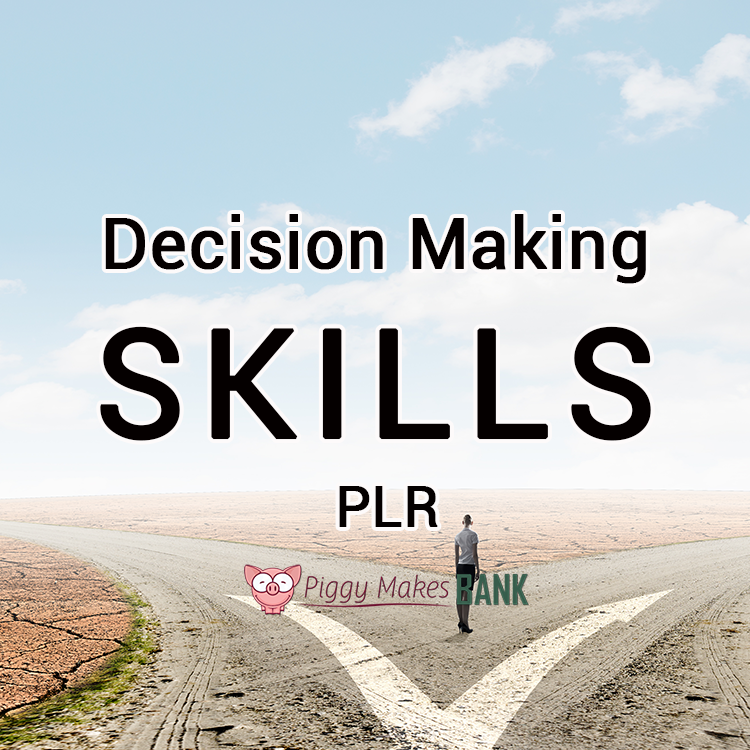Selections Demystified: Breaking Apart the Procedure
Within our fast-paced world, the ability to make effective decisions is typically the key to achieving success, both your personal life and career-wise. Yet a lot of people find ourselves struggling with choices, whether it’s a minor daily decision or a significant life change. Honing the art of strategic decision-making can open up new opportunities and improve our overall quality of life. This article aims to simplify the decision-making process by exploring ten successful techniques that can significantly improve your skills.
Ranging from the psychology behind effective decisions to practical frameworks that help you analyze options, we will explore how you can make more effective choices under pressure. Whether you are a leader facing tough calls or an individual navigating daily dilemmas, recognizing the role of emotional intelligence and intuition in your decision-making can empower you to act with confidence and clarity. Join us as we discover strategies to overcome decision fatigue, avoid pitfalls like paralysis by analysis, and ultimately learn how to make decisions that lead to a fulfilling life.
Techniques for Successful Decision-Choosing
One of the most essential techniques for effective decision-making is to establish a structured framework to guide the procedure. This requires establishing well-defined criteria for assessing options, setting priorities, and weighing potential outcomes. By using instruments such as decision matrices or pros and cons lists, individuals can thoroughly analyze their choices. This technique not only clarifies the decision-making path but also minimizes confusion and helps avoid the hazards of emotional bias.
Another important approach is to develop emotional intelligence. Grasping your emotions and recognizing how they influence your decisions can lead to improved choices. By taking a moment to reflect on what you’re feeling and why, you can distinguish your instincts from the truth at hand. Incorporating mindfulness practices can enhance this aspect, allowing you to remain engaged and focused, leading to more coherent and more empathetic decision-making.
Lastly, learning from past decisions is essential for improving future choices. Look back on previous outcomes, both good and bad, to comprehend the factors that contributed to those results. This retrospective analysis can uncover patterns in your decision-making process that you can leverage for growth. Adopting https://lionleo70.werite.net/simplicity-in-making-decisions-efficient-strategies-to-take-into-account mindset of curiosity and openness to experience fosters resilience, allowing you to modify and hone your abilities free from the burden of regret.
Comprehending the Psychology of Decision-Making
The decision-making process is greatly influenced by mental factors that affect how we interpret options and weigh potential outcomes. One of the crucial factors is cognitive biases, which can drive individuals to make poor decisions based on scarce information or emotional responses. For instance, confirmation bias causes people to favor information that confirms their pre-existing beliefs, often overlooking contradictory evidence. Grasping these biases is vital for mastering the art of smart decision-making.
Emotional savvy also plays a critical role in making effective choices. Recognizing and controlling emotions can help individuals grapple with complex decisions, especially under stress. Those with elevated emotional intelligence are more suited to handle pressure and assess the feelings of others, facilitating more deliberate choices. Including emotional awareness into decision-making can change impulsive reactions into deliberate actions that support long-term goals.
Finally, the environment in which decisions are made plays a role to the mindset of choices. Surroundings, social influences, and time constraints can all impact our ability to make sound judgments and make informed decisions. For instance, decision fatigue can occur after prolonged periods of making choices, leading to less than ideal outcomes. By being mindful of contextual factors and creating a conducive decision-making environment, individuals can boost their clarity and focus, culminating in better choices in general.
Conquering Challenges in Decision-Making

One of the most critical difficulties individuals face in decision-making is the immense feeling of pressure, especially when consequences are high. In moments of urgency, it is tempting to rush into decisions without carefully considering the effects. To combat this, you can employ techniques such as the power of pause, which encourages taking a step back to analyze the circumstance calmly. This short moment of reflection allows you to organize your thoughts, reduce anxiety, and often leads to more equitable and informed decisions.
Another frequent hurdle is decision fatigue, a psychological issue that occurs when we are faced with excessive options throughout the day. As energy and mental clarity decrease, even simple decisions can feel incredibly taxing, leading to suboptimal outcomes. To mitigate decision fatigue, adopt daily habits that simplify your choices, such as prioritizing critical decisions early in the day or simplifying your options. This organized approach will help preserve mental clarity and ensure you allocate your cognitive resources for the most critical decisions.
Lastly, fear of committing to the wrong decision can paralyze individuals, preventing them from acting altogether. This fear often originates from the need to achieve perfect outcomes and avoid possible regrets. To overcome this challenge, embrace a mindset that views decisions as chances for growth rather than risks. Additionally, consider the value of emotional intelligence in recognizing and managing your fears. By conditioning your brain to recognize that every decision—even those that do not yield the expected results—provides valuable learning experiences, you can approach decision-making with increased confidence and resilience.